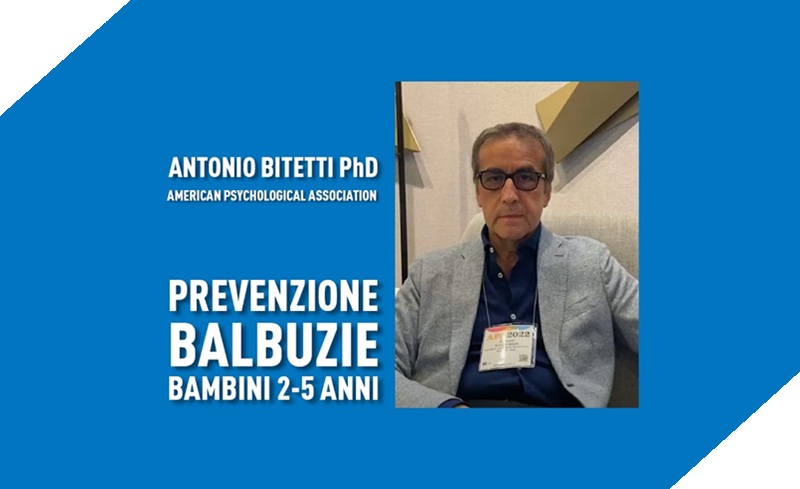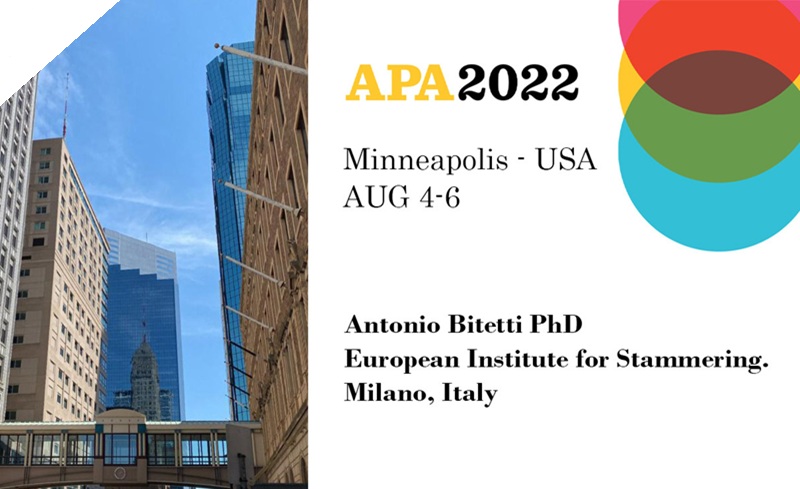Many parents of children who stutter sometimes do not know that their child, when he elaborates arguments on his own, in his own room and therefore not subjected to the judgment of other people, speaks very well. If the stutterer is able to speak without any difficulty when he is alone, it means that all his phonatory and neurological structures are intact, from all points of view. It is difficult to imagine a person who speaks without a hitch when he is alone and instead stutters when he meets other people.
At this point, it seems more logical to say that the real problem of those who stutter is the relationship, that is, the fear of calmly accepting dialogue with others, especially if they are strangers, or considered authoritative people, or superior to him. At school, the stuttering child feels a lot of discomfort, feels a lot of anxiety during questioning, or when reading aloud, precisely because he feels conditioned by the performance and stutters. He does not feel he has the right characteristics to calmly face these experiences that for other children, are usually accepted without any difficulty.
So it is interesting to ask: “what drives the stutterer to have difficulties when relating to others?”. Doctor Antonio Bitetti has answered this question on many occasions, not only in the various symposiums and scientific conferences in which he has participated as a speaker and international expert, but also through his popular and therapeutic work, with his interpretative model, called: “Integrated Approach”.
In his long research work on stuttering, thanks to his personal experience of complete and profound healing from the problem, strong in a solid psychotherapeutic preparation based on a group-analytic path, Dr. Antonio Bitetti has laid the foundations for a cutting-edge interpretative and methodological model, which he has spread throughout the entire national territory and which for many years has also crossed the borders of our country. ( A. Bitetti, 2001,2006,2010,2016).
The normal speaking person, the person who does not stutter, does not control the word, takes it for granted that his phonatory apparatus will carry out the articulatory indications to the letter, trusting in a capacity learned over time and kept active in an appropriate manner. It is like when we walk, we do not control our legs in the motor act of the synergic movement, right leg, left leg.
The stutterer, on the other hand, unlike the normal speaking person, precisely because he constantly lives in doubt about his verbal abilities, constantly questions his naturalness and controls, stuttering. Control is the true technical element of those who stutter, in fact the research of Dr. Bitetti goes in this direction ( A. Bitetti, 2016). The control of phonation is a learned model and must be overcome at an early age, if one does not want to remain imprisoned in an erroneous concept of control of performance. This, over time, can create a wrong idea of oneself, flowing into a blocked mental state, with constant negative feedback, which creates a vicious circle.
The mother of the whole issue is: “thinking badly of oneself”
Not because the stutterer does not possess qualities, but because he is used to excessively controlling his resources. It goes against the real needs of daily life. This censorship, for subjects predisposed to stuttering, hinders the possibility of expansion, thus inhibiting freedom of relationship. The stutterer has a strong fear of the judgment of others, but which is ultimately the negative judgment that he expresses towards himself and this, only in the moment of interpersonal relationships.
This is why the stutterer when he is alone feels good, is serene, precisely because he does not put himself at risk and therefore, speaks well. Vice versa, speaking with others generates a strong fear of a possible negative judgment from others, but which ultimately is nothing more than his own negative judgment directed at himself. This becomes the most characteristic and deep-rooted anxiety-provoking element, which deeply marks the irrational thought pattern of those who stutter. (A. Bitetti, La Balbuzie Approccio Integrato, IEB Editore, 2010).



